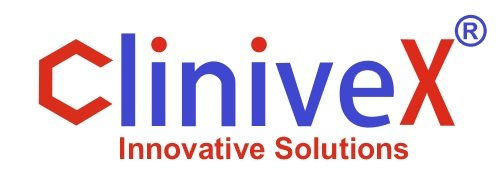Transforming Laboratory Glassware: Clinivex's Commitment to Sustainability
Reference materials play a pivotal role in the analytical testing process, ensuring precision and accuracy through rigorous quality control programs. These materials are integral to method validation and calibration of measurement systems. The scope of reference materials encompasses certified reference materials, various quality grades, analysis certificates, and concepts such as metrological traceability.
Understanding SI Units and Metrological Traceability
Metrological traceability is essential in the realm of reference materials, with SI units forming a foundational element. The International System of Units (SI) defines seven fundamental units, which serve as the basis for deriving all other SI units. Among these, the kilogram (kg) and mole are frequently used for traceability in reference materials.
In essence, metrological traceability ensures that measurements can be consistently compared across different locations, times, and equipment, provided there is an uninterrupted chain of calibrations documented and linked back to the SI unit of measurement.
As outlined by the reference standards supplier in Canada, the hierarchy of reference materials includes five main quality grades. This range spans from national metrology and primary standards to Certified Reference Materials (CRMs), Reference Materials (RMs), Analytical Standards, and research chemicals. Each ascending level of certification demands increasingly stringent traceability requirements. According to Canadian chemical reference standards suppliers, manufacturers of CRMs and RMs must comply with ISO standards, including ISO 17034, ISO/IEC 17025, and ISO Guide 31.
Quality Parameters for Reference Materials
The Certificate of Analysis for each quality grade of reference material includes details on purity and identity. Primary standards, CRMs, and RMs must meet content and stability requirements as defined by ISO standards. Homogeneity is a requirement for primary standards, CRMs, and RMs, but not for lower grades. Parameters such as uncertainty and traceability are specific to primary standards and CRMs. In the pharmaceutical sector, secondary standards are considered CRMs and RMs, with traceability requirements being twofold: one to the SI unit of measurement for ISO-defined CRMs and the other to the primary compendial standard.
For additional details on chemical reference standards suppliers in Canada, please contact us for further assistance.
 info@theclinivex.com
info@theclinivex.com  +1 (877)-861-1996
+1 (877)-861-1996 



